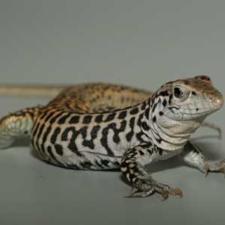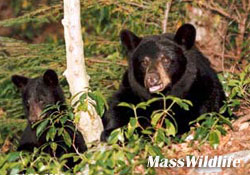Not all living things have a brain. So, having a brain is not a necessary characteristic of life, but rather, a “luxury”. Most people associate having a brain with the ability to think, however, Dr. Daniel Wolpert believes this to be a misunderstanding in terms of the actual purpose of the brain. Dr. Wolpert suggests that the brain didn’t evolve under the premise of being able to think or feel, but rather, the brain evolved solely to control movement. Each section of the brain is based on the production or interpretation of movement in some form or another. Auditory; sensing the motion of sound waves through the atmosphere. Vision; sensing the motion of light in order to detect objects in our surroundings. Language; the physical motion of the mouth in order to create distinct sounds, and so on. The brain benefits many organisms by providing them with more control between the interactions with themselves and their environment, but is not a necessary component of survival and further reproduction.
A good example of Dr. Wolpert’s hypothesis can be found in the life cycle of the sea squirt. The sea squirt begins its adolescent stages of life by swimming around the ocean, looking for a suitable rock to call its home. Once the sea squirt finds an adequate location, it then permanently attaches itself to the rock. The sea squirt then begins to digest its own brain and nervous system for additional energy, since it no longer needs to move and has found its permanent residence. It then survives by filter-feeding the waters for nutrients, with the ocean currents doing the work of transporting the food to them.
What I find interesting about the sea squirt is its’ rudimentary instincts for survival. The sea squirt is born with a brain. It has the ability to sense and interact with the world around it; some people may even say it has a consciousness and is aware of its own being. With that being said, it then willingly gives up this luxury in order to ensure its own survival and further reproduction. This means that it essentially deletes its capability of controlling its own interactions with the world around it, and also sacrifices its awareness of its own being (assuming that consciousness is derived from the brain).
To me, this gives rise to a fascinating question; what’s the point of living if you do not have the capability of being aware that you even are? Well, the sea squirt does not answer this question, but rather, it emphasizes the primary foundations which guide the blueprint of all living things; survival and reproduction come first, everything else comes second.
Another piece of evidence supporting Dr. Wolpert’s hypothesis lies in the area of robotics and computers. In a way, computers have the ability to “think”, or make appropriate decisions, that surpass the thinking ability of any human. If you were to play a game of chess against a computer, the computer would win almost every time, for the computer can make the most appropriate decisions without mistake that would lead itself to victory based on programming. However, if you tell a robot to physically move a chest piece on the board, it cannot nearly do so as efficiently as a human can. The physical dexterity that is involved in moving a chess piece is where the human brain will beat the computer every time, for computers cannot simulate complex movements in a way that matches the performance that a brain provides. This emphasizes that the brain did not evolve around the ability to think, but rather, to perform and interpret movements in order to better interact with their environment.
















